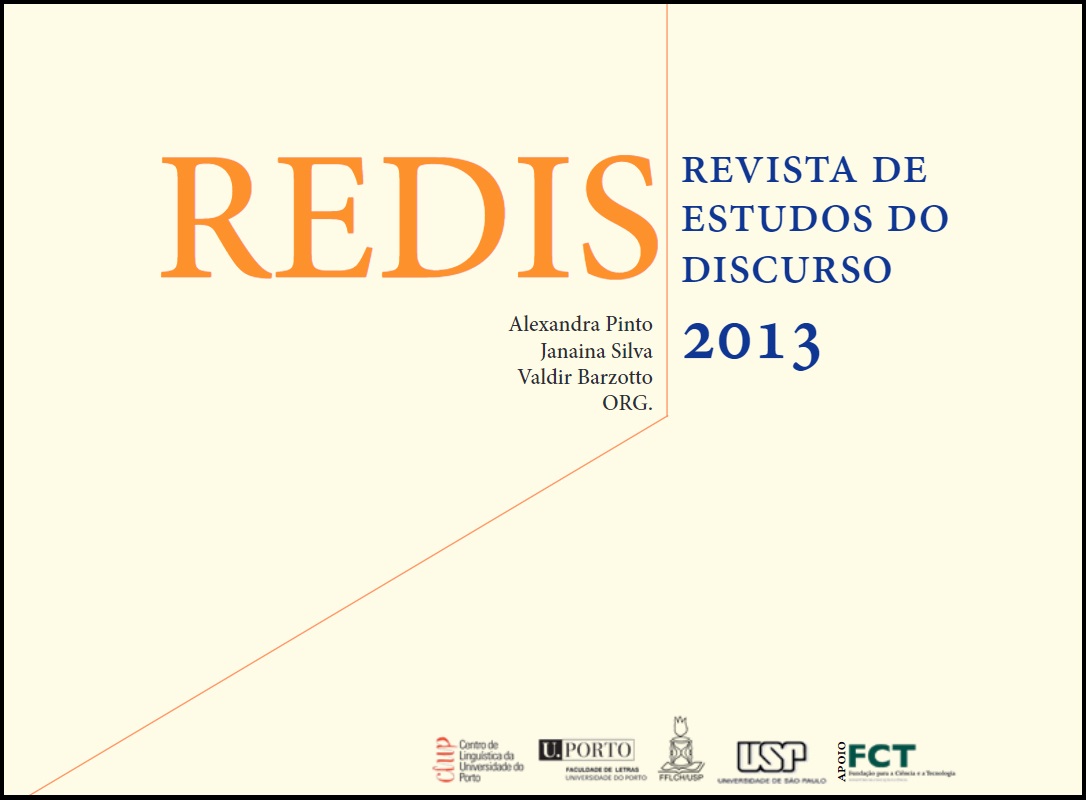A tradução jornalística na sala de aula: relações entre a tradução e os media
Resumo
Jornalistas e tradutores são ambos produtores de discurso: os primeiros a partir de acontecimentos, os segundos a partir de textos. É quando traduz textos de imprensa que o tradutor se aproxima mais do jornalista. Com efeito, o tradutor de imprensa ou de imprensa especializada deve adaptar o seu texto ao seu leitor, tal como o faz o jornalista quando escreve o texto original. Pretendemos, neste artigo, explorar a relação entre as funções do tradutor e as do jornalista e a presença cada vez maior de textos de imprensa na sala de aula. Para tal, analisámos estratégias adotadas tanto pelos tradutores como pelos jornalistas. A tradução jornalística, que sendo atualmente ainda pouco representativa no mercado das traduções começa a adquirir uma importância cada vez maior (Correio Internacional, canais audiovisuais em várias línguas, sites internet bilingues e multilingues, comunicados de imprensa). No entanto, dado o contexto da mundialização em que a rapidez é indispensável, os jornalistas substituem-se frequente-mente aos tradutores e a sua falta de formação no âmbito da tradução e da linguística conduz, por vezes, a formulações surpreendentes e à criação de sentidos erróneos que podemos observar em alguns exemplos. Realçamos deste modo a necessidade de formações adaptadas e exigentes.
Downloads
Publicado
Como Citar
Edição
Secção
Licença
Os autores cedem à REDIS: Revista de Estudos do Discurso, o direito exclusivo de publicação dos seus textos, sob qualquer meio, incluindo a sua reprodução e venda em suporte papel ou digital, bem como a sua disponibilização em regime de livre acesso em bases de dados.




